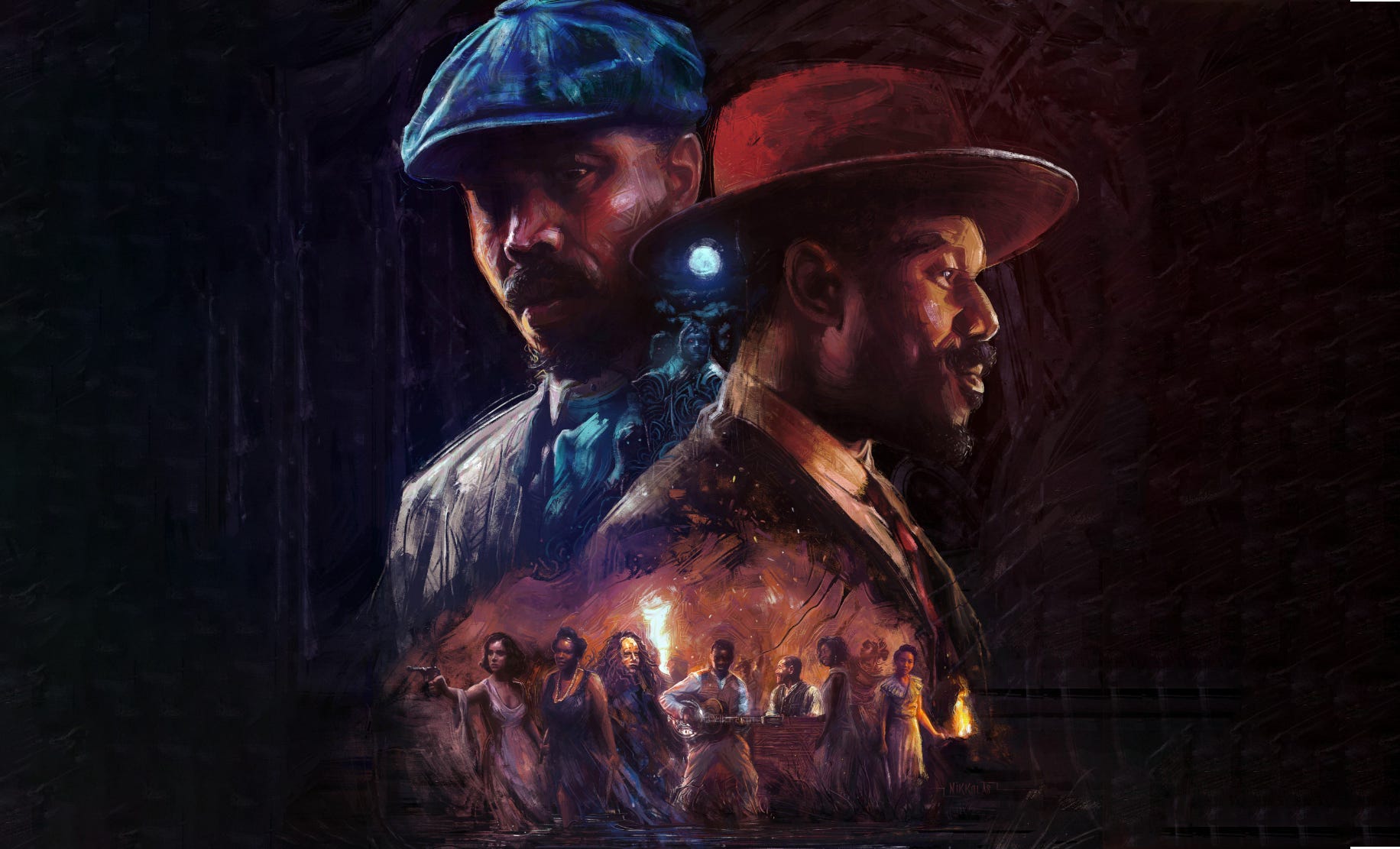Primary Sources: The Black History Hidden in Ryan Coogler's 'Sinners'
A deep dive into the Black history embedded in Ryan Coogler's magnum opus.
Long before Ryan Coogler chose 1932 Clarksdale, Mississippi, as the location for his genre-bending film Sinners, someone else had already set a horror movie in the rural Delta town located in Coahoma County, Mississippi …
America.
“Clarksdale has the meanest of reputations,” the editor of the Clarksdale Press Register wrote on Jan 16, 1926. “T…
Keep reading with a 7-day free trial
Subscribe to ContrabandCamp to keep reading this post and get 7 days of free access to the full post archives.



